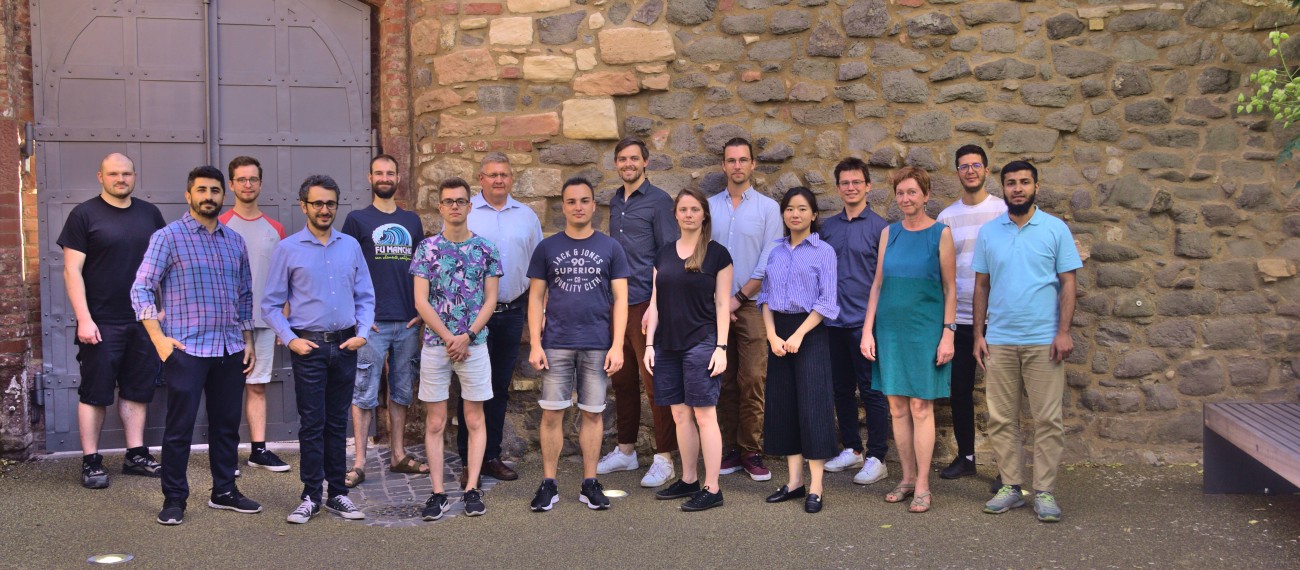Daniel Großmann M.Sc.
Contact
Daniel Großmann received his B.Sc. and M.Sc. degrees in Electrical Engineering, Electronics and Information Technology from Friedrich-Alexander University Erlangen-Nuremberg, Germany, in 2017 and 2019, respectively.
In 2019, he joined the Institute for Power Electronics and Control of Drives (LEA) at the Technical University of Darmstadt as a research associate, working on different topics in power electronics and leading the IT administration.


